The water pepper / Polygonum hydropiper /, is an annual herbaceous plant of the Polygonaceae family. It has a green and branched stem, which becomes reddish in the fall.
The stem is cylindrical and ribbed, reaches heights of up to 3.5 ft (1 meter). Water pepper leaves are lanceolate and consistent, often with spots and sometimes with black dots.
The flowers are small and greenish-pink, arranged together in inflorescences at the top of the stem. The perianth is covered with resinous dots. The fruit of the water pepper is a dark brown nut which bursts. A fresh plant has quite a peppery taste that is lost after drying.
Water pepper blooms in July-September. There are several other varieties of water pepper, but they are not picked because they lack that spicy taste.
Other types of water pepper include the medium, minor and peach- leaved water pepper. The medium water pepper looks a lot like the regular one, but the perianth lacks the brownish dots.

The minor water pepper has linear or narrow lanceolate leaves, which are often wide at the base. The perianth dots are missing. The peach-leaved water pepper has leaves with dark spots that sometimes disappear during drying.
Water peppers grow in wetlands and wet places along streams up to 3280 ft (1000 meters) above sea level.
Composition of Water pepper
The composition of the water pepper includes essential oils, tannins, vitamins E, K and C. It is further composed of polygopipperine glycoside, flavones / rutin and quercetin / caempherol, organic acids, phytosterin, glucose, fructose, etc..
Water peppers are rich in organic acids - formic acid, malic acid, valeric acid, acetic acid, etc. The roots contain antra glycosides.
Collection and storage of Water pepper
The usable part of the water pepper is above ground. It is collected at the beginning of flowering - from July to August. During picking, the water pepper must not be mixed with other species which are not glandular and lack the characteristic acrid taste.
Dry it in the shade and know that a properly dried water pepper should be green in color, with no distinctive taste or smell. The maximum humidity limit is 13%. Store in a cool, dry place. It is important to know that the effects of the fresh plant are more potent than that of the dried.
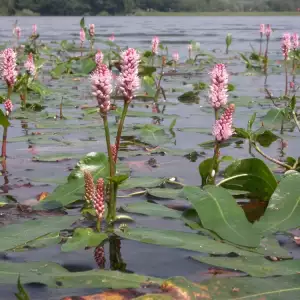
Benefits of Water pepper
The water pepper has very good anti-inflammatory and astringent properties. It is used for internal bleeding, especially during heavy menstruation, internal hemorrhoids, intestinal bleeding and uterine bleeding.
Water peppers are used to treat prostatic swelling, gastritis and ulcers of the stomach, festering wounds, periodontal and bleeding gums, diarrhea and low blood pressure, or stones and grit in the kidneys and bile. Water pepper can be used for weight loss.
Traditional medicine with Water pepper
Folk medicine recommends the use of water peppers for gastritis and ulcers in the stomach, to regulate menstrual irregularities, for hemorrhoids, sand in the kidneys and bladder, fever, as a gargle for tonsillitis and inflammation of the pharynx.
2 cups (500 ml) of water is boiled with 2 tablespoons of water pepper stalks. Strain and drink 2 times a day, 2/5 cup (100 ml) before eating. Chopped fresh water pepper is recommended as a poultice for purulent and gangrenous wounds.
For baths, boil 3 tablespoons of the dried herb in 4 1/5 cups (1 liter) of water. Boil for 10 minutes and when cooled down to normal, take a bath. This potion can be used to gargle with. Water pepper can be taken directly. For this purpose, the pulverized plant is taken three times a day, at 0.5 mg.
Dangers of Water pepper
Water peppers should not be taken for acute inflammation of the kidneys and bladder; it is also contraindicating to thrombophlebitis.
Water peppers should be used under medical supervision, in order to avoid unwanted complications.
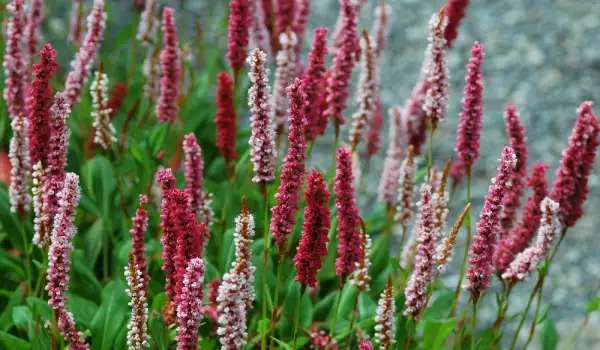
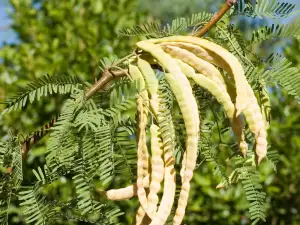
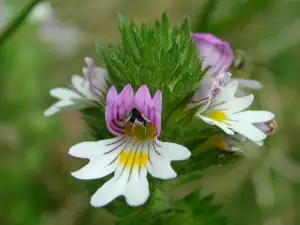
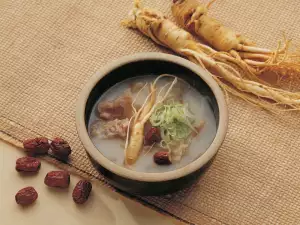
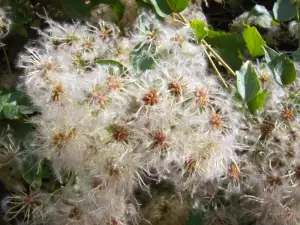
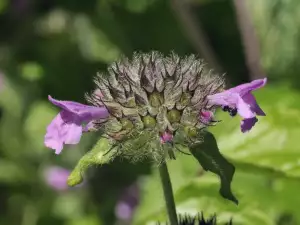
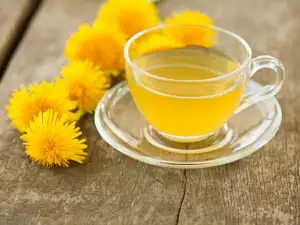
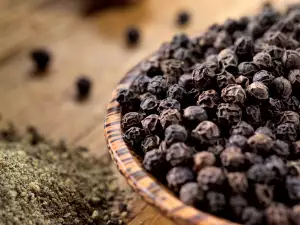
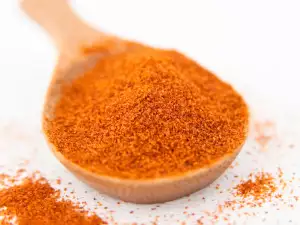
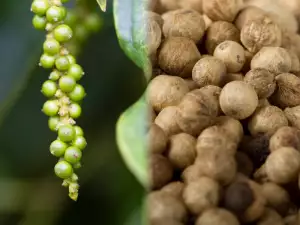
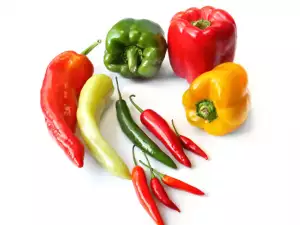
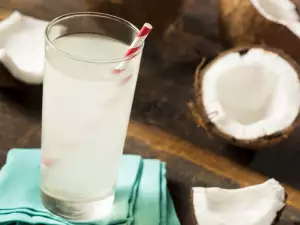
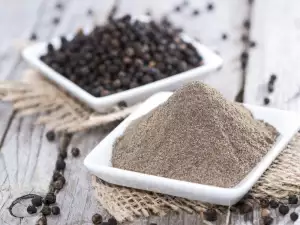
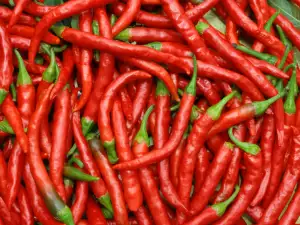
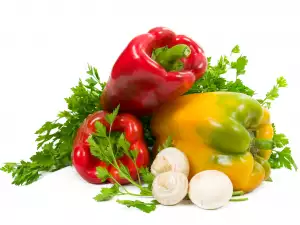




Comments